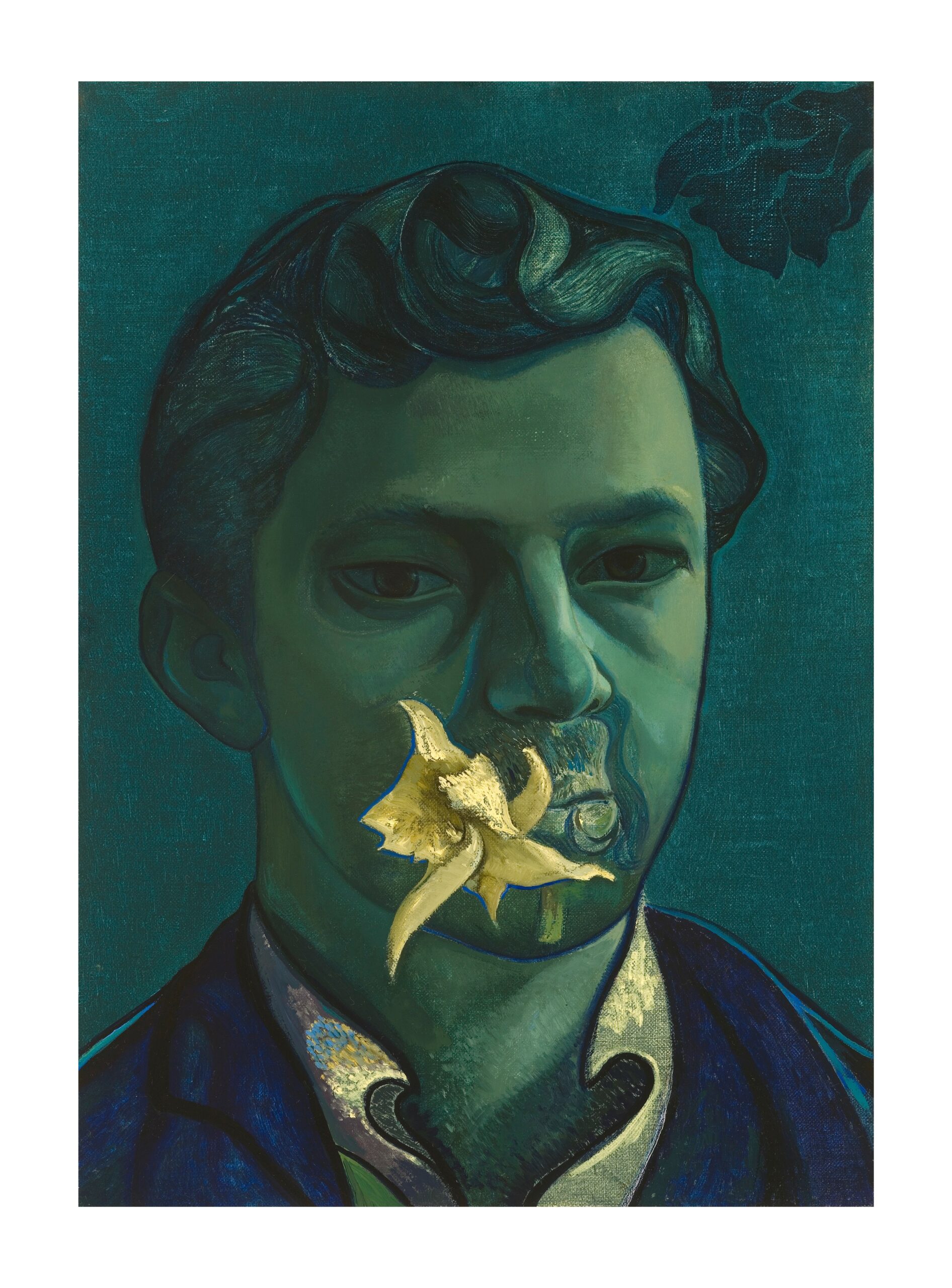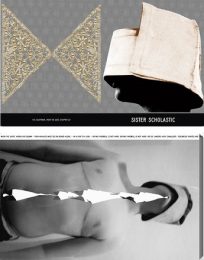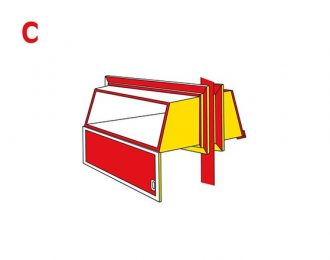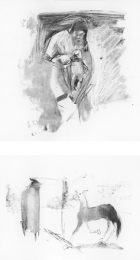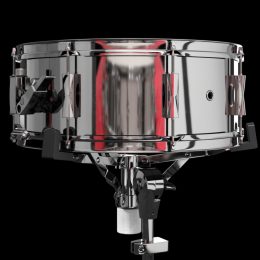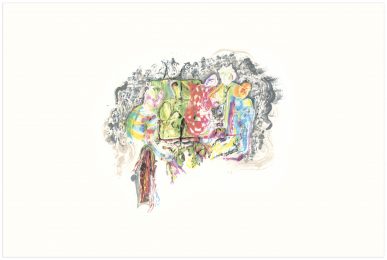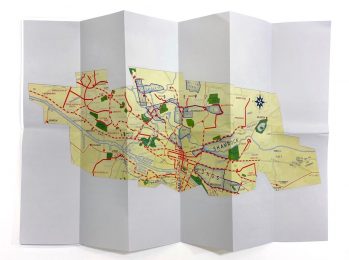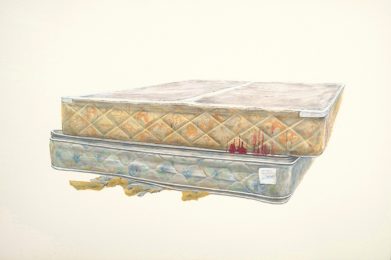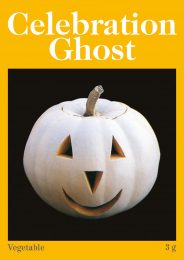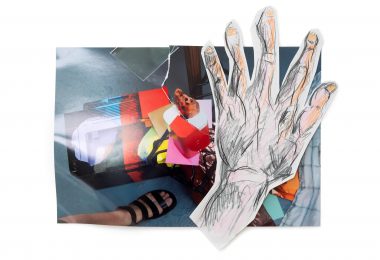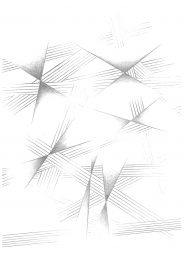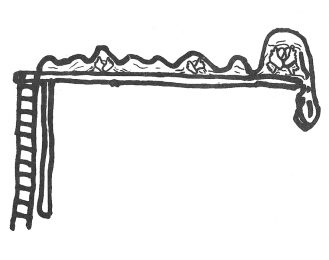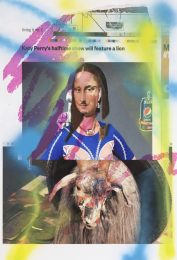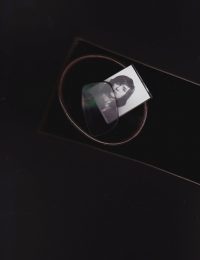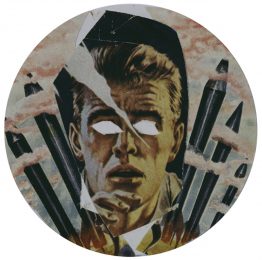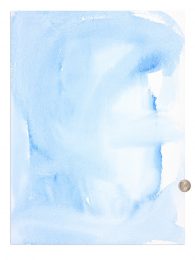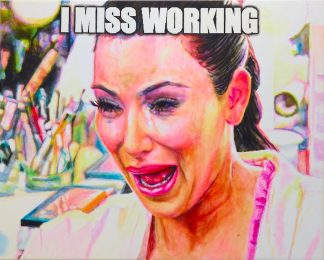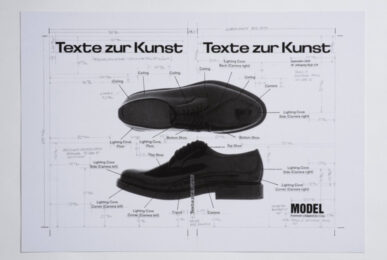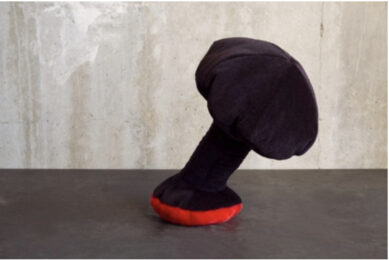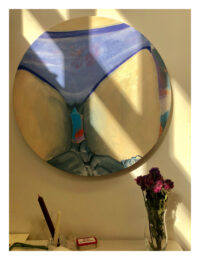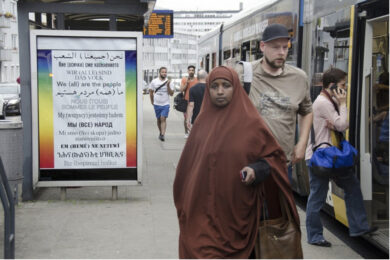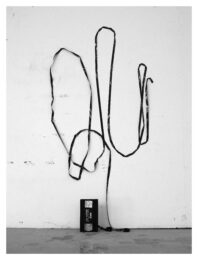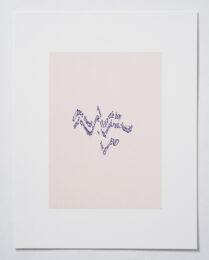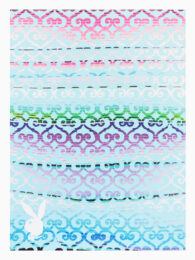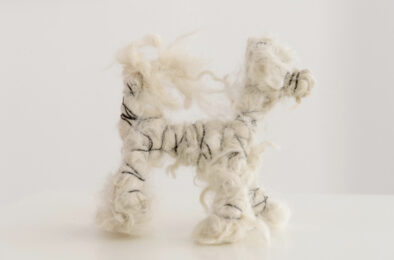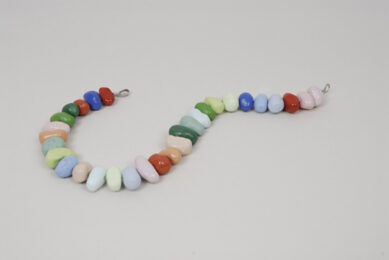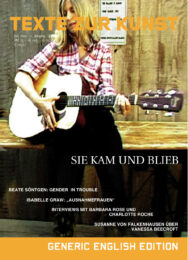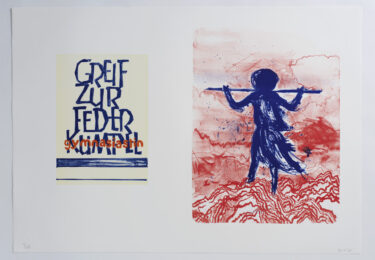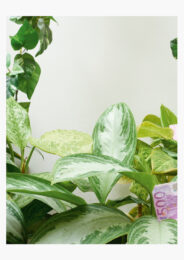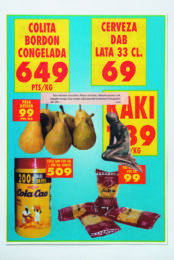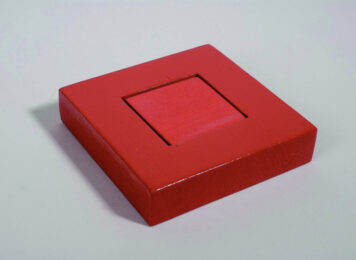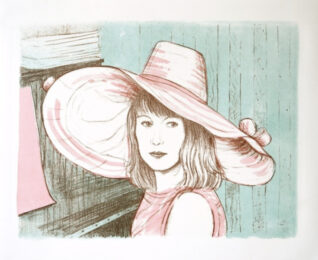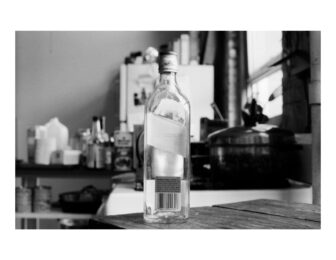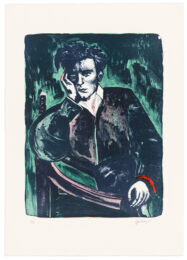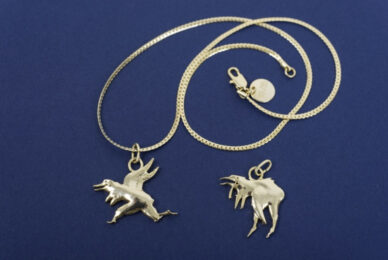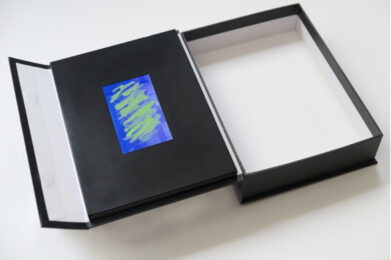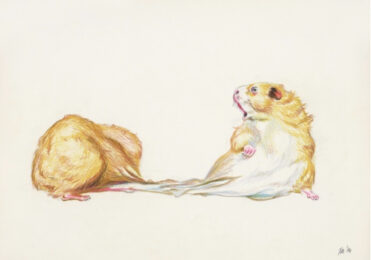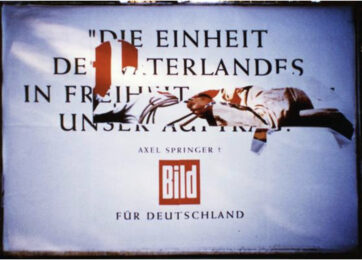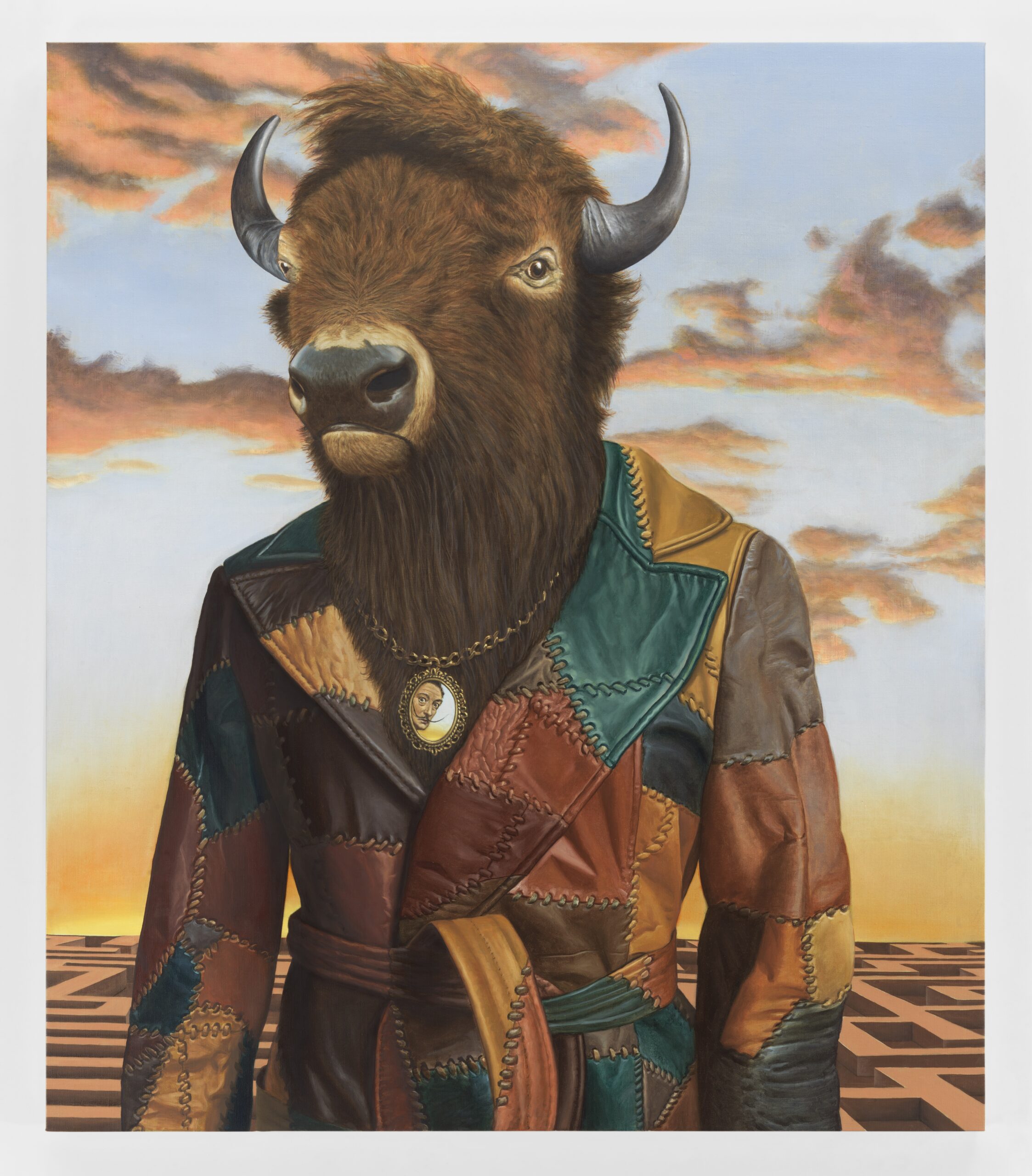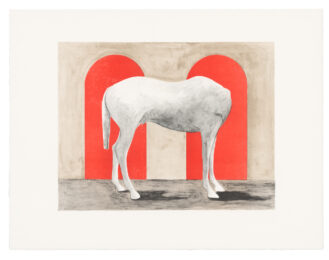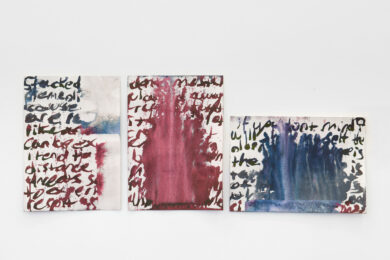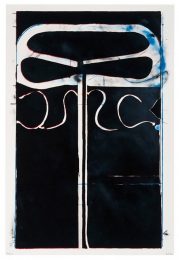Details — Click to read
Victor Man’s works are firmly rooted in the history of European painting yet evince a distinctly idiosyncratic pictorial rhetoric. Both aspects were on display in his recent exhibition, installed amid the collection of old masters at the Städel Museum in Frankfurt. Using soft green flesh tones in many of his portraits, which let his figures hover between vitality and morbidity, Man carries the posthumous dimension of all portraiture, which endows a living person with lasting presence, to extremes. A characteristic example is “Self-Portrait at Father’s Death” (2016), the motif he chose for his first edition for TEXTE ZUR KUNST. One might describe it as a painterly work of mourning – in a twofold sense. Not only does it render the surviving son in a “state of abandon and tender closeness” (Alessandro Rabottini), the technique also adds to the impression that this self-portrait bridges the gulf between presence and otherworldliness. The delicate execution of the forehead, eyes, and cheeks, as well as the clear gaze, underscore the sitter’s presence, just as painting, too, asserts itself in the work – be it in the sculptural rendition of the wavy hair or the impressionistic brushwork around the neck and collar. Last but not least, the floral yellow shape recalling the blossom of a lily appears to grow out of both the mouth and another sphere, projecting not just from the motif but from the painting’s very surface: a vivid illustration of Man’s expert skill in harnessing the power of his art to lodge the transcendental firmly in this world.

